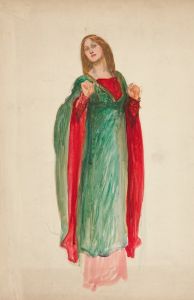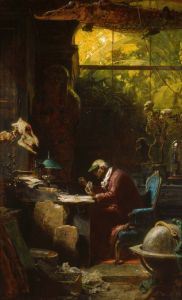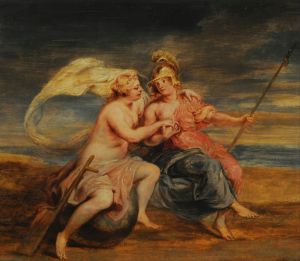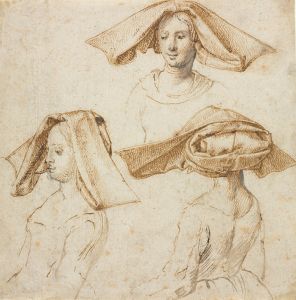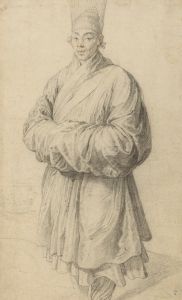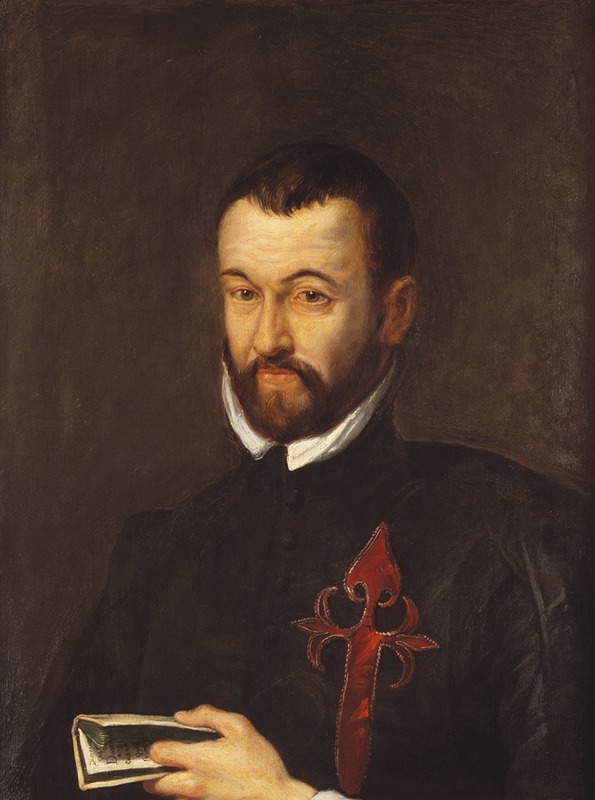
Portret van Benedictus Arias Montanus
A hand-painted replica of Peter Paul Rubens’s masterpiece Portret van Benedictus Arias Montanus, meticulously crafted by professional artists to capture the true essence of the original. Each piece is created with museum-quality canvas and rare mineral pigments, carefully painted by experienced artists with delicate brushstrokes and rich, layered colors to perfectly recreate the texture of the original artwork. Unlike machine-printed reproductions, this hand-painted version brings the painting to life, infused with the artist’s emotions and skill in every stroke. Whether for personal collection or home decoration, it instantly elevates the artistic atmosphere of any space.
Peter Paul Rubens, a prominent Flemish Baroque painter, is renowned for his dynamic compositions, vibrant color palette, and grandiose style. Among his extensive oeuvre, the "Portrait of Benedictus Arias Montanus" stands out as a significant work, although specific details about this painting are relatively scarce compared to some of his other masterpieces.
Benedictus Arias Montanus was a notable Spanish orientalist and editor, best known for his role in the compilation of the Antwerp Polyglot Bible, a major scholarly achievement of the late 16th century. Montanus was a key intellectual figure of his time, deeply involved in theological and biblical studies, and his work had a lasting impact on biblical scholarship. His association with the Spanish monarchy and the Catholic Church positioned him as a prominent figure in the religious and academic circles of the period.
Rubens, who lived from 1577 to 1640, was a highly sought-after portraitist, capturing the likenesses of many influential figures of his time. His portraits are celebrated for their ability to convey the personality and status of the sitter, often incorporating symbolic elements that reflect the subject's achievements or social standing. In the case of Montanus, Rubens would have been tasked with portraying a man of deep intellect and religious significance.
While specific details about the "Portrait of Benedictus Arias Montanus" by Rubens are limited, it can be inferred that the painting would have adhered to Rubens' typical style, characterized by a keen attention to detail, a rich use of color, and a dynamic composition. Rubens' portraits often include elements that highlight the subject's intellectual or cultural contributions, possibly incorporating books, manuscripts, or other scholarly symbols in the case of Montanus.
Rubens' ability to capture the essence of his subjects made him a favorite among the European elite, and his portraits were often commissioned to commemorate important figures or to serve as diplomatic gifts. The "Portrait of Benedictus Arias Montanus" would have served as a testament to Montanus' scholarly achievements and his esteemed position within the intellectual community of his time.
Despite the lack of extensive documentation on this particular portrait, Rubens' reputation as a master portraitist and his connections with influential patrons suggest that the painting would have been highly regarded. His works are known for their ability to transcend mere representation, offering viewers a glimpse into the character and accomplishments of the sitter.
In conclusion, while detailed information about the "Portrait of Benedictus Arias Montanus" by Peter Paul Rubens is limited, the painting likely reflects Rubens' mastery in capturing the essence of his subjects. Through his skillful use of color, composition, and symbolism, Rubens would have created a portrait that honored Montanus' intellectual legacy and his significant contributions to biblical scholarship.





